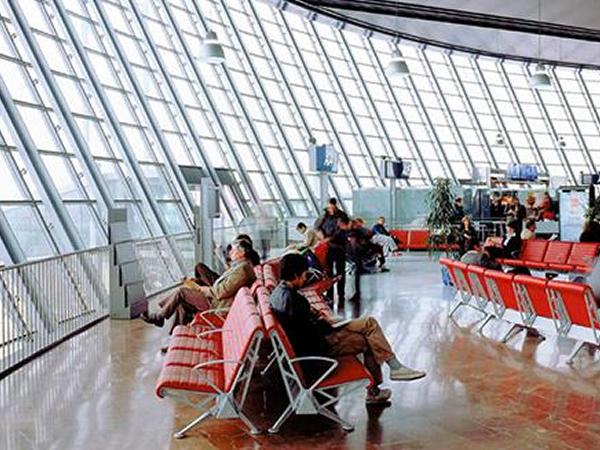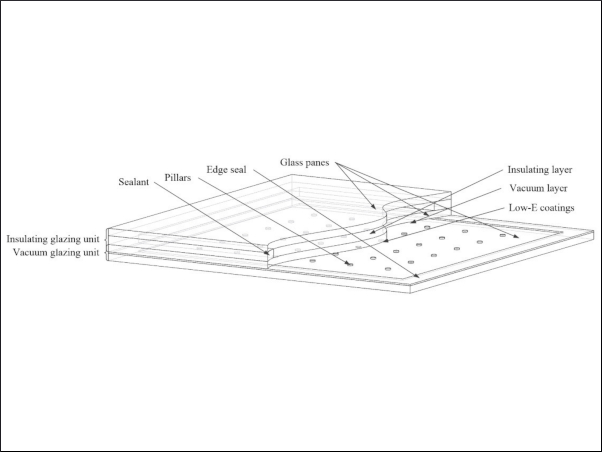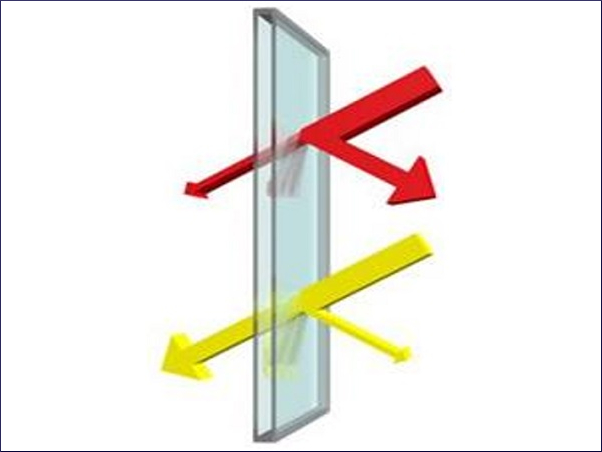Glass is one of the most popular and versatile building materials used today. Mainly because of its constantly improving solar and thermal performance.
This performance is achieved through the use of passive and solar control low-e coatings. So, what is low-e glass?
Low-e glass stands for low emissivity, whereas emissivity indicates the ability of a material to radiate energy.
Low-emissivity glass is a clear glass that has been treated with a thin coating to improve the overall performance of glass. Low-e glass plays a very important role in buildings having a large expanse of glass facades.
In order to understand coatings, it’s important to understand the solar energy spectrum or energy from the sun.
Ultraviolet (UV) light, visible light and infrared (IR) light all occupy different parts of the solar spectrum – the differences between the three are determined by their wavelengths.
- Ultraviolet light, which is what causes interior materials such as fabrics and wall coverings to fade, has wavelengths of 310-380 nanometers when reporting glass performance.
- Visible light occupies the part of the spectrum between wavelengths from about 380-780 nanometers.
- Infrared light or heat energy, is transmitted as heat into a building and begins at wavelengths of 780 nanometers. Solar infrared is commonly referred to as short-wave infrared energy, while heat radiating off of warm objects has higher wavelengths than the sun and referred to as long-wave infrared.
Hence glass is coated with a microscopically thin coating of metallic oxides that can radiate energy and is invisible to the naked eye.
Low-e coatings have been developed to minimize the amount of ultraviolet and infrared light that can pass through glass without compromising the amount of visible light that is transmitted. The coating also improves the insulating properties of glass.
There are actually two different types of low-e coatings: passive low-e coatings (known as hard coat) and solar control low-e coatings (known as soft-coat).
Hard coat low-e coating is done using the pyrolytic process. When the glass is in a molten state a tin coating and is poured on the sheet of glass to form a hard coat. Hard coat is highly durable and can be permanently bonded on the windows and doors.

Soft Coat low-e coating process is called MSVD and occurs after the glass is made, when particles of zinc, silver or titanium are applied to the glass in a vacuum chamber.
The soft coat is very delicate and may oxidize when exposed to air. Hence it is primarily used in double or triple glazed windows where the soft coating of the glass faces the inert gas chamber.
Soft coat low-e glass is more efficient in reflecting heat energy than hard coat low-e glass.

In winter time, the light is allowed to enter the house from the exteriors but the heat is reflected back into the interiors. This results in indoor temperatures remaining warm and no extra energy required for heating up the interiors.
While in summer time, light is allowed to penetrate from the outside to the inside but the heat on the exteriors is reflected back. This results in no extra energy required for cooling the interiors.
Advantages of Low-e glass:
- Low-e glass acts as a barrier and controls the amount of UV light that can pass through the glass. It therefore protects fabrics, leather, paintings, carpets and photographs from the fading effect of sunlight.
- It helps in improving the energy efficiency of the home.
- There is a considerable saving in the electricity bills due to the efficiency of the glass.
- Low-e glass windows perform much better than normal single glazed windows or normal double glazed windows.
- Low-e glass can limit the amount of condensation that may occur due to the temperature difference between the outside and the inside of the building.
Disadvantage of Low-e glass:
- The main disadvantage of low-e glass is that the cost of glass and installation of low-e glass windows is higher than normal glass. However it becomes sustainable in the long run with savings in electricity bills.
When thinking of windows, size, tint and other aesthetic qualities come to mind, but low-e coatings play an important role in the overall performance of a window and can significantly affect the overall heating, lighting, and cooling costs of a building.























